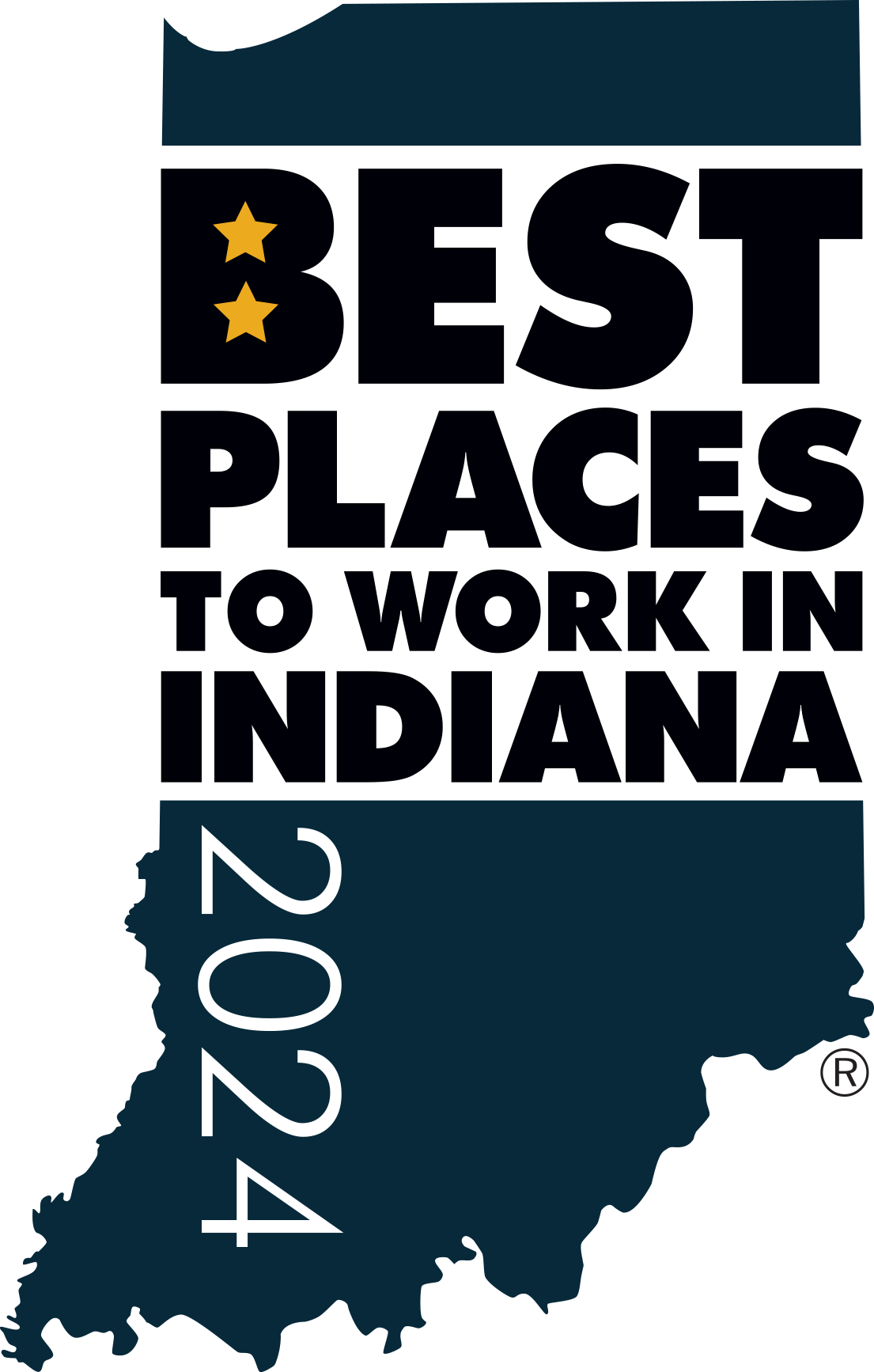Hybrid Work Models and Their Impact on Team Dynamics
The shift to hybrid work models has revolutionized the modern workplace, presenting both opportunities and challenges in team dynamics. Hybrid work affects collaboration, communication, and productivity, and offers opportunities for leaders to foster cohesive and effective teams in this new setting.
Hybrid Work: A Mixed Bag of Benefits and Challenges
Deloitte’s 2023 survey revealed that 56% of employed adults work from home at least some of the time, with 34% maintaining a hybrid schedule. While hybrid workers expressed higher job satisfaction, they also reported feeling disconnected from on-site colleagues and facing challenges in collaboration and prioritization of well-being. The shift has undeniably changed the fabric of team dynamics, requiring a recalibration of management and communication strategies.
The Impact on Team Collaboration and Communication
Hybrid work models can lead to improved relationships with colleagues and managers; however, they also pose significant challenges. Hybrid workers often feel disconnected from their in-office counterparts, leading to ineffective collaboration and a sense of isolation.
Additionally, remote workers might be less likely to receive promotions, not due to a lack of productivity, but possibly due to reduced visibility and in-person interaction. This potential for a “remote penalty” highlights the need for leaders to ensure fair and equitable treatment of all team members, regardless of their work location.
Enhancing Productivity in a Hybrid Environment
Hybrid work models have been linked to a 13% reduction in employee turnover and enhanced mental health due to flexible schedules. To maximize productivity, leaders must adopt tools and strategies that support both in-office and remote work. This includes investing in technology for virtual collaboration and fostering an inclusive culture where every team member feels valued and heard.
Strategies for Leaders
- Promote Inclusivity: Ensure that remote team members are included in decision-making processes and have equal access to information and opportunities.
- Leverage Technology: Utilize collaboration tools to bridge the gap between in-office and remote workers, enhancing teamwork and communication.
- Regular Check-ins: Maintain regular communication with all team members, offering support and addressing any concerns or challenges they may face.
- Focus on Outcomes: Evaluate team members based on their contributions and results, rather than their physical presence in the office.
- Foster a Culture of Trust: Build a culture where team members feel trusted to manage their workload effectively, regardless of their location.
Conclusion
Navigating the new normal of hybrid work models requires a nuanced understanding of how they impact team dynamics. By adopting inclusive practices, leveraging technology, and focusing on outcomes, leaders can create a work environment that supports collaboration, communication, and productivity, regardless of where team members are located. The future of work is not just about where we work, but how we work together.
We understand the complexities of hybrid work models and are here to support you in optimizing your team dynamics and management strategies.
Contact us today to explore how we can assist you in hiring great people for your team.

